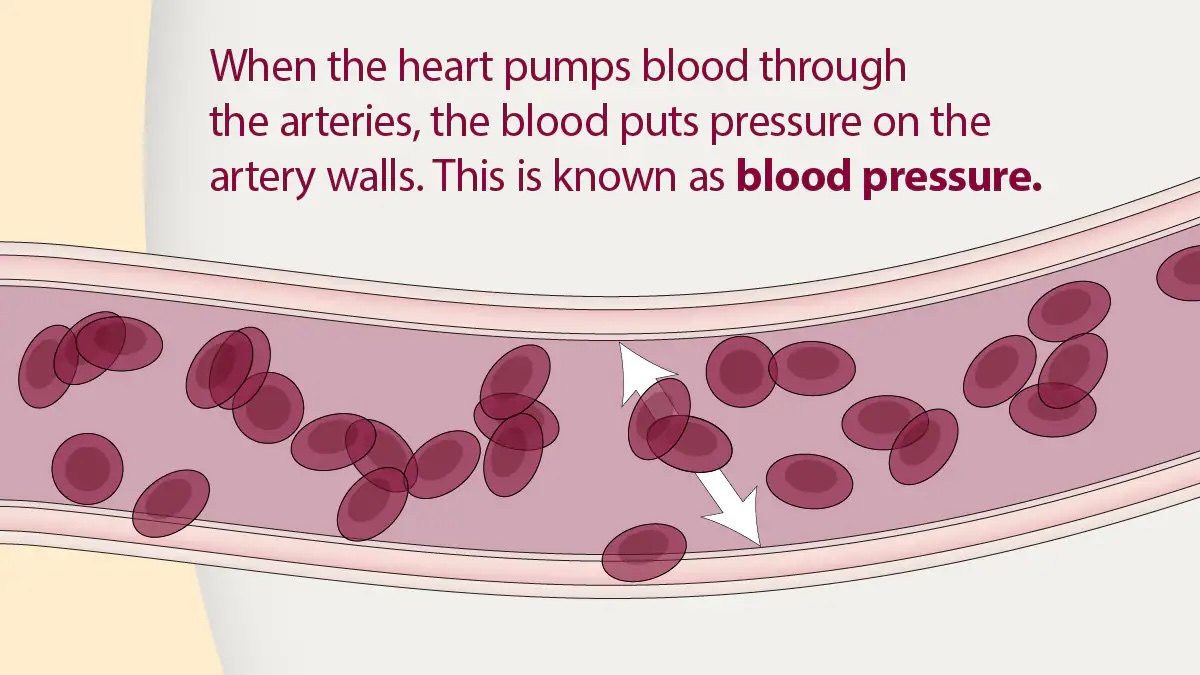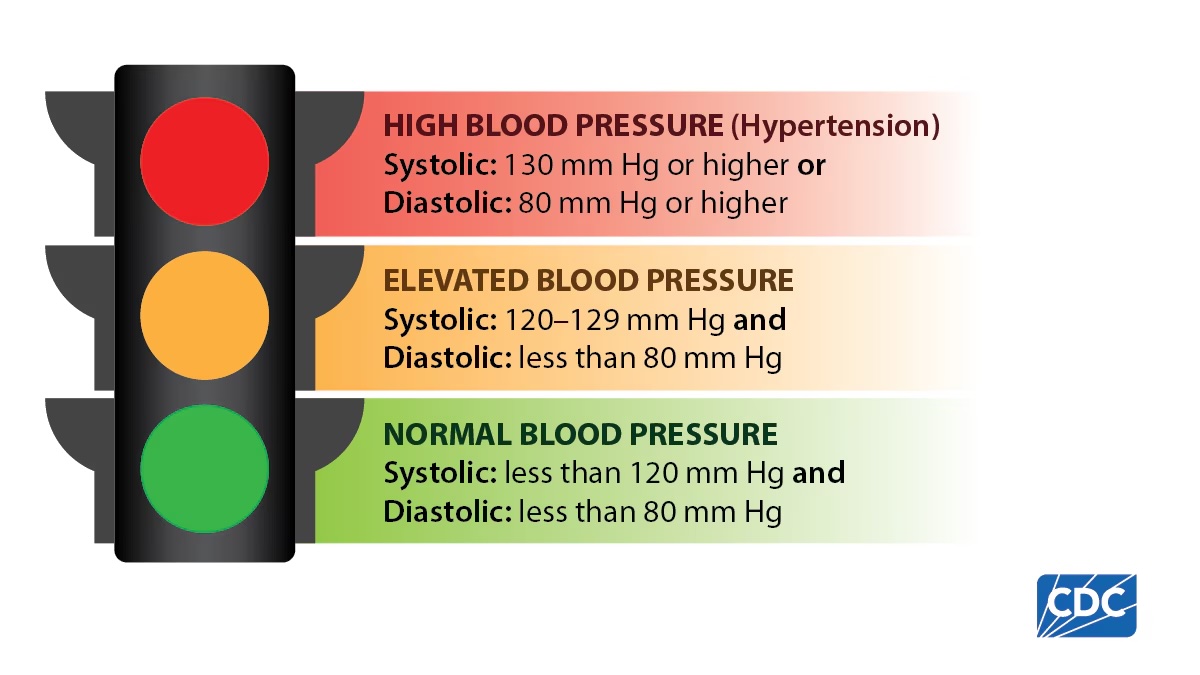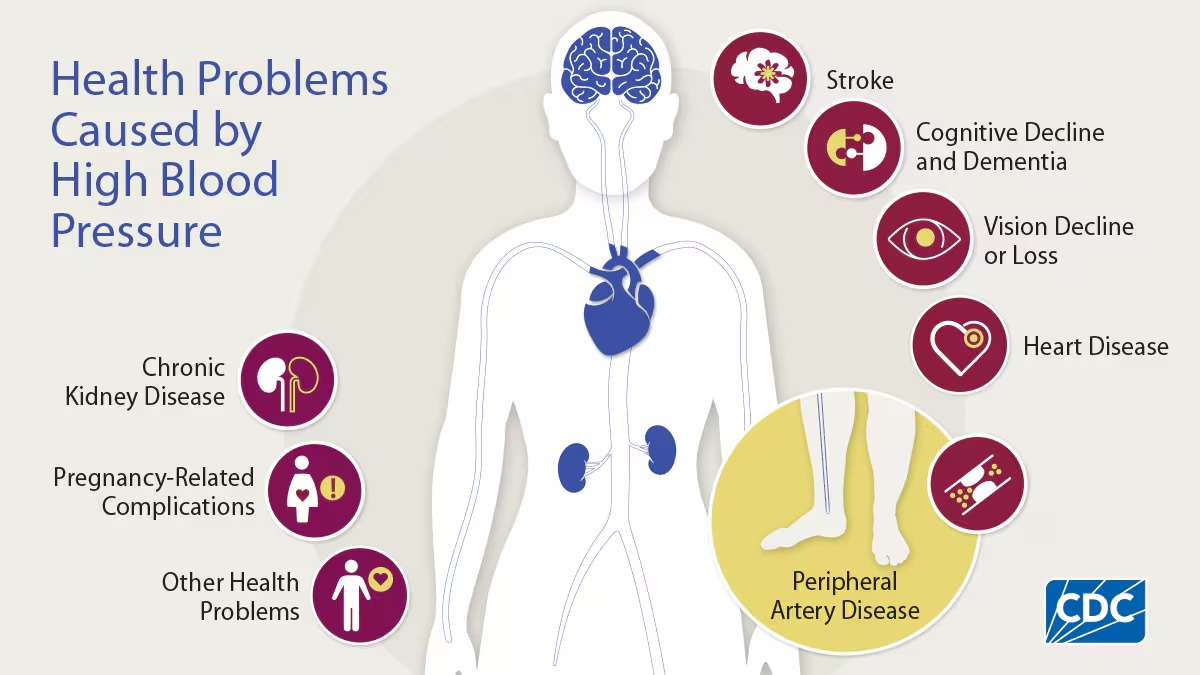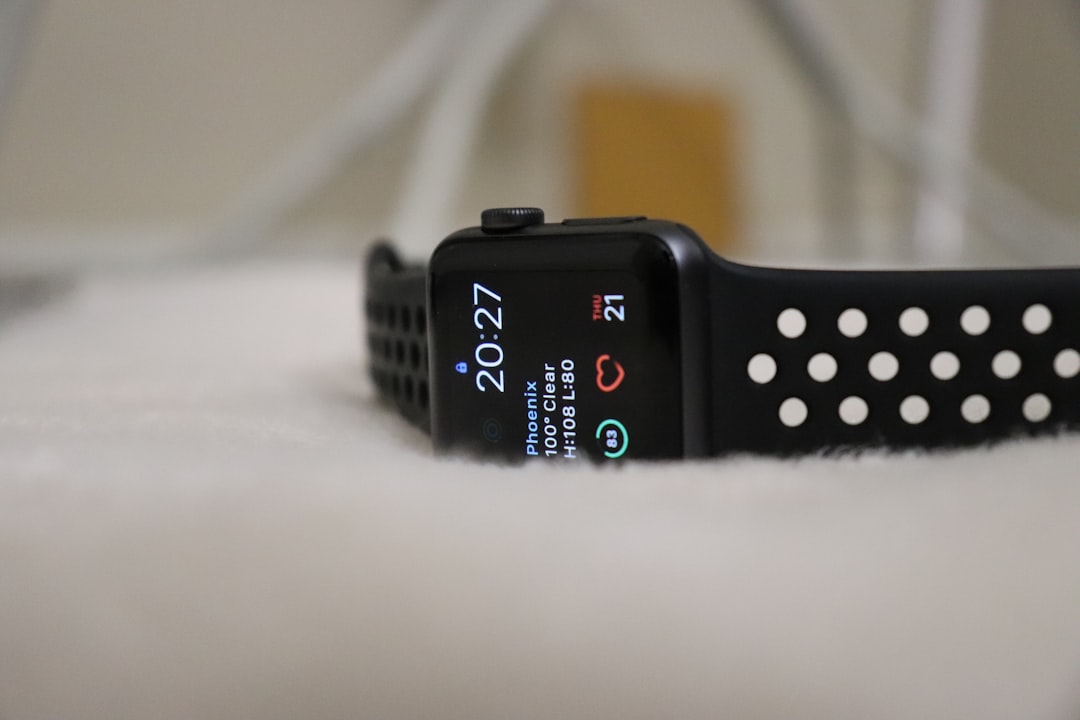Blood Pressure & You: What Your Body is Trying to Tell You
Understanding High Blood Pressure and Its Management
High blood pressure, commonly known as hypertension, is diagnosed when an individual’s blood pressure consistently measures at or above 130/80 mm Hg. This condition is often dubbed the “silent killer” due to its tendency to progress without noticeable symptoms, significantly increasing the risk of severe health issues such as heart disease, stroke, and kidney failure. Regular monitoring is essential as it allows for early detection and management, potentially preventing these life-threatening complications. For instance, routine blood pressure checks can reveal elevated levels that otherwise might go unnoticed, enabling timely intervention.
In the United States, hypertension is a prevalent health concern, affecting about 45% of adults, with its occurrence rising dramatically among seniors. In fact, over 75% of those aged 65 and older are affected by high blood pressure, making it a critical concern for the aging population. Understanding one’s blood pressure readings is empowering, as it enables individuals to make informed decisions regarding their health and seek medical advice when necessary, especially concerning high blood pressure management. By being aware of their condition, individuals can actively participate in managing their health, ensuring they receive appropriate care and guidance.

Importance of Regular Blood Pressure Monitoring
Regular blood pressure monitoring is critically important for identifying hypertension at an early stage, even if no symptoms are apparent. This proactive approach enables individuals to take necessary actions before any significant health issues arise. Home monitoring devices, such as digital blood pressure cuffs, serve as effective tools for tracking blood pressure over time. These devices allow users to observe patterns and evaluate how well lifestyle modifications are working to control blood pressure levels. By diligently recording these measurements, individuals can gather valuable data that assists healthcare providers in developing and adjusting personalized treatment plans.

Given that blood pressure can fluctuate throughout the day due to various factors such as stress or physical activity, it’s advisable to take readings at different times and on different days to ensure an accurate assessment. This practice helps in creating a comprehensive picture of an individual’s blood pressure profile, which is crucial for accurate diagnosis and management. Patients are encouraged to maintain a detailed log of their blood pressure readings, noting the time and conditions during each measurement. This log becomes an invaluable resource during healthcare consultations, facilitating more informed and effective discussions with medical professionals. Additionally, understanding the distinction between systolic and diastolic pressure empowers individuals to better interpret their readings and stay informed about their cardiovascular health.
Lifestyle Changes for Managing Hypertension
Lifestyle changes play a crucial role in managing hypertension, and they can make a significant difference in an individual’s overall health. Adopting a heart-healthy diet is one of the most effective strategies, with the DASH (Dietary Approaches to Stop Hypertension) diet being particularly beneficial. This diet focuses on consuming more whole grains, fruits, vegetables, and low-fat dairy, which can reduce systolic blood pressure by up to 11 mm Hg. Additionally, engaging in regular physical activity, such as 150 minutes of moderate-intensity exercise per week, can lower blood pressure by 5 to 8 mm Hg. Exercise options like brisk walking, cycling, or swimming not only help in managing blood pressure but also improve cardiovascular health and overall well-being.
Weight management is another important aspect of controlling hypertension. For every kilogram of weight lost, blood pressure can decrease by approximately 1 mm Hg, making weight loss a powerful tool in managing high blood pressure. Reducing sodium intake is also crucial, with recommendations to limit consumption to about 1,500 mg per day, which can lower blood pressure by 5 to 6 mm Hg. Furthermore, lifestyle adjustments such as quitting smoking and moderating alcohol intake play a significant role in reducing hypertension risks. Including potassium-rich foods like bananas and sweet potatoes in one’s diet can help regulate blood pressure levels effectively. Finally, managing stress through techniques like yoga, meditation, and deep-breathing exercises can have a positive impact on blood pressure, further supporting hypertension management. By integrating these lifestyle changes, individuals can take proactive steps towards better managing their blood pressure and enhancing their overall health.
 Role of Medication in Hypertension Management
Role of Medication in Hypertension Management
Medication plays a crucial role in managing hypertension and is often used alongside lifestyle changes for the most effective control of blood pressure levels. Some of the most common medications prescribed include ACE inhibitors, beta-blockers, and diuretics. Each of these medications functions differently; for example, ACE inhibitors help relax blood vessels, while diuretics help the body eliminate excess sodium and water, reducing blood pressure. However, they can also come with side effects such as dizziness or headaches, which makes it important for patients to closely monitor how they feel and report any adverse effects to their healthcare providers.
Regular consultation with healthcare professionals is vital before making any changes to medication routines. This is not only to ensure safety but also to tailor treatment plans to suit individual health needs. For instance, some patients might require a combination of medications to achieve the desired blood pressure control, while others might need adjustments in dosage or medication type due to side effects or changes in their health status. Adherence to prescribed medication regimens is key, as it can significantly lower the risk of cardiovascular events such as heart attacks and strokes, which are often associated with uncontrolled hypertension. Close monitoring for any side effects and effective communication with healthcare providers can lead to timely modifications in the treatment plan, ensuring better health outcomes.
Recognizing Symptoms and Risk Factors
High blood pressure is often labeled a “silent killer” because it typically presents without noticeable symptoms, making regular monitoring vital. However, in some cases, individuals might experience symptoms such as persistent headaches, frequent nosebleeds, or irregular heart rhythms, which can signal underlying hypertension. Being aware of these potential indicators can prompt individuals to seek medical evaluation sooner, potentially catching hypertension before it causes severe health issues.
Understanding the array of risk factors linked to hypertension is essential for its effective management. A family history of hypertension is a significant non-modifiable risk factor, meaning that individuals with relatives who have had high blood pressure are more likely to develop it themselves. Modifiable risk factors include lifestyle habits such as consuming an unhealthy diet, lacking regular physical activity, and having diabetes. These factors can often be addressed through lifestyle changes, thus reducing the risk of developing hypertension.

Additional risk factors include obesity, elevated cholesterol levels, and excessive alcohol consumption, each contributing to increased blood pressure levels. Moreover, high stress levels and inadequate sleep can exacerbate the risk, underscoring the importance of adopting a holistic approach to health management, which includes stress reduction techniques and ensuring sufficient rest. Regular check-ups and open discussions with healthcare providers about personal and family medical histories are instrumental in identifying risk factors early, allowing for proactive measures to be taken.
Long-term Effects of Untreated Hypertension
The long-term effects of untreated hypertension can be severe, often leading to life-threatening conditions such as heart attacks and strokes, which are among the leading causes of death worldwide. This condition exerts excessive pressure on the arterial walls, leading to significant damage over time. For instance, the constant high pressure can cause arteries to harden and thicken, a process known as atherosclerosis, which can ultimately block blood flow to the heart and brain, resulting in heart attacks and strokes. Moreover, the heart itself may become enlarged and weakened from the extra effort needed to pump blood, increasing the risk of heart failure.
Aside from cardiovascular issues, untreated high blood pressure can also impact other organs and systems. It can lead to chronic kidney disease by damaging the blood vessels in the kidneys, impairing their ability to filter waste effectively. This damage can eventually lead to kidney failure, requiring dialysis or a kidney transplant to maintain life. Additionally, hypertension is a known risk factor for vision loss due to damage to the blood vessels in the eyes, as well as cognitive impairments such as memory loss and decreased ability to concentrate. These complications contribute not only to personal health burdens but also to a significant economic impact due to increased healthcare costs and reduced productivity. Thus, early intervention and diligent management are crucial to preventing these severe outcomes and maintaining a good quality of life.
For those seeking comprehensive care and guidance, El Paso Emergency Room provides expert medical support to help manage high blood pressure and its complications. Visit the El Paso Emergency Room website at https://www.eper.com/ for more information and assistance.
 Call to Action for Effective Hypertension Management
Call to Action for Effective Hypertension Management
Effectively managing hypertension requires a multifaceted approach that includes regular blood pressure monitoring, adopting healthy lifestyle changes, and consistent adherence to prescribed medications. Regular monitoring helps track how well your lifestyle modifications and medications are working. For instance, using a home blood pressure monitor can give you real-time insights into your daily readings and help you notice patterns that might require professional intervention. This proactive approach can significantly reduce the risk of severe complications like heart attacks or strokes by ensuring that your blood pressure remains within a safe range.
If you or a loved one are seeking immediate assistance or a more comprehensive care plan for hypertension, the El Paso Emergency Room is equipped to provide expert guidance and support. Their team of compassionate, board-certified physicians and experienced nursing staff are available around the clock to help manage high blood pressure and its associated risks. By offering state-of-the-art technology and services at both their East and West locations, El Paso Emergency Room is dedicated to empowering your health and ensuring you receive prompt, high-quality care. To learn more about managing high blood pressure effectively, visit the El Paso Emergency Room website at https://www.eper.com/ for additional resources and support.



